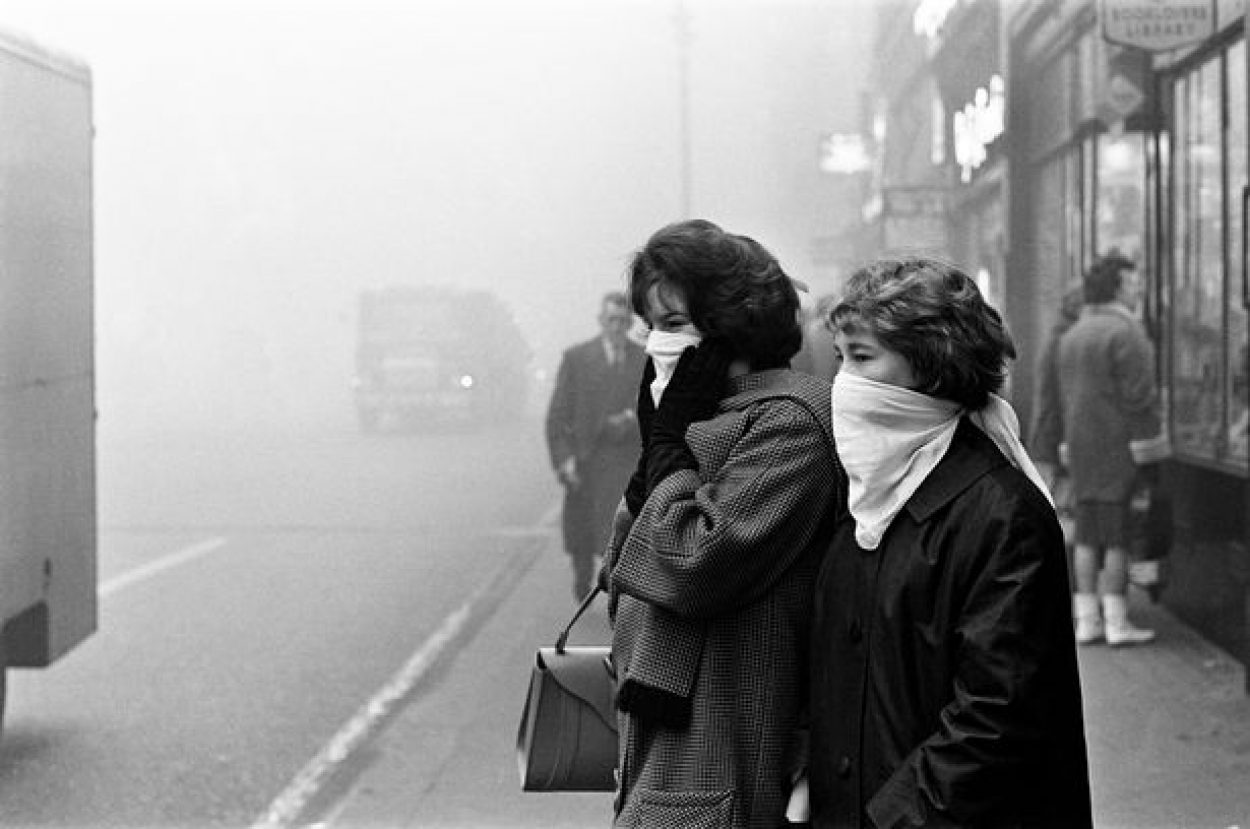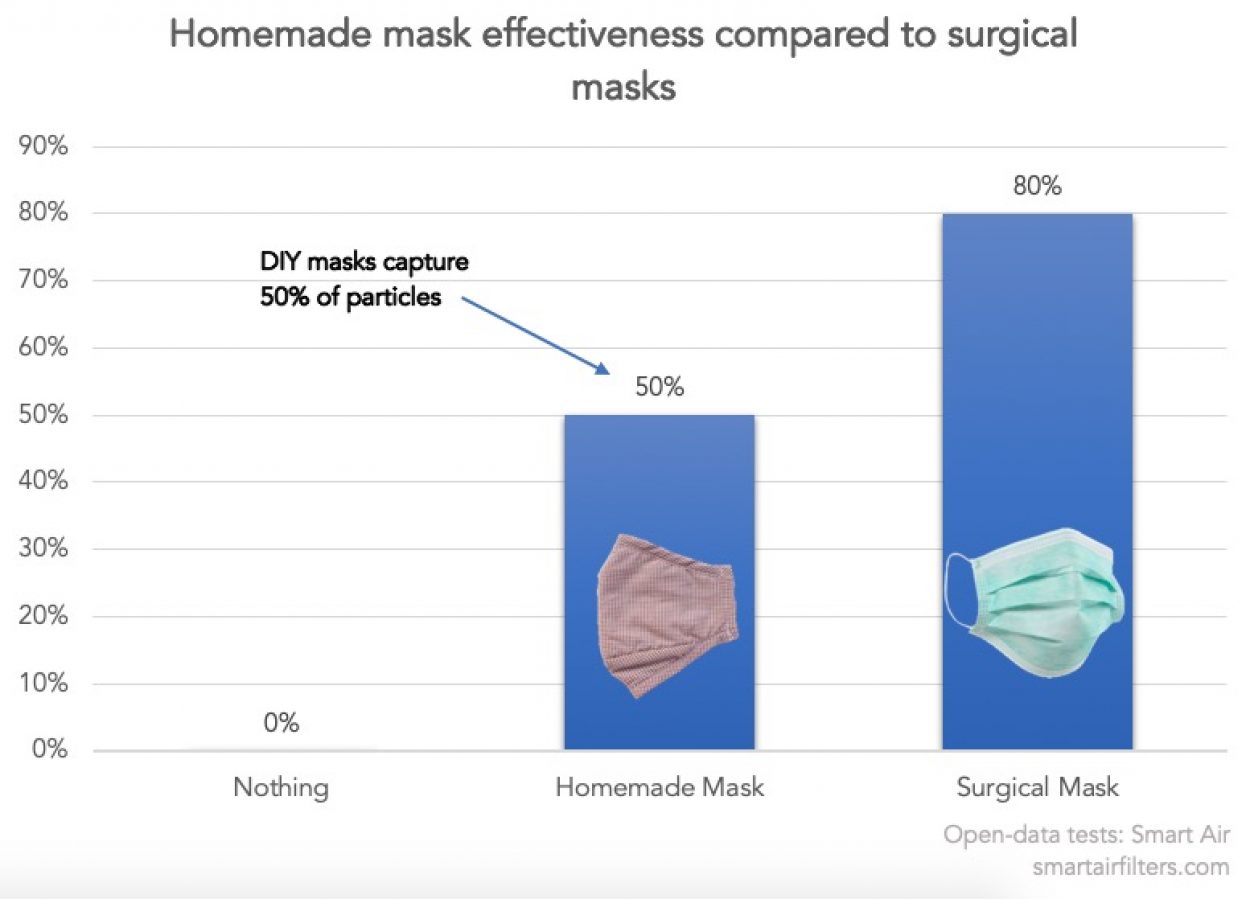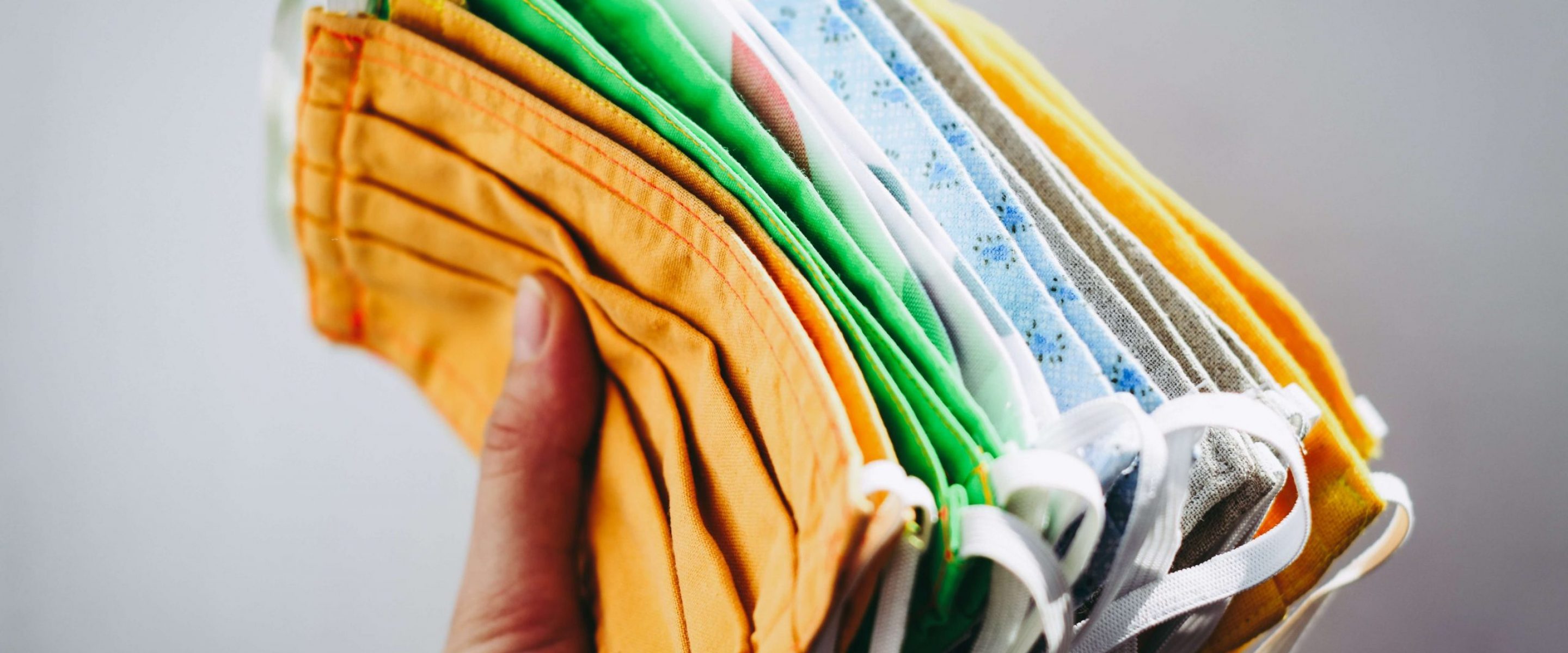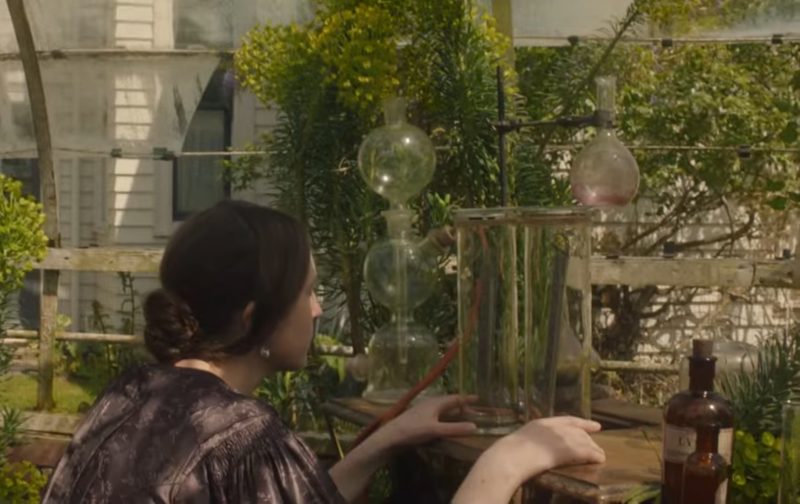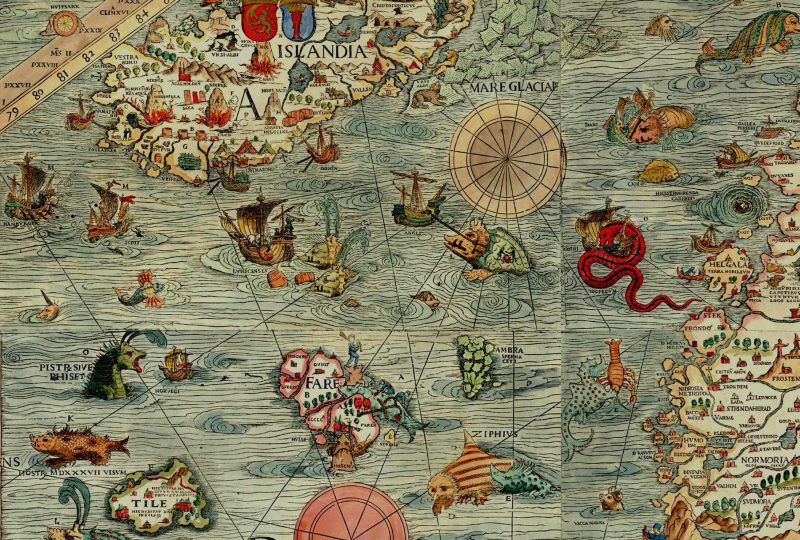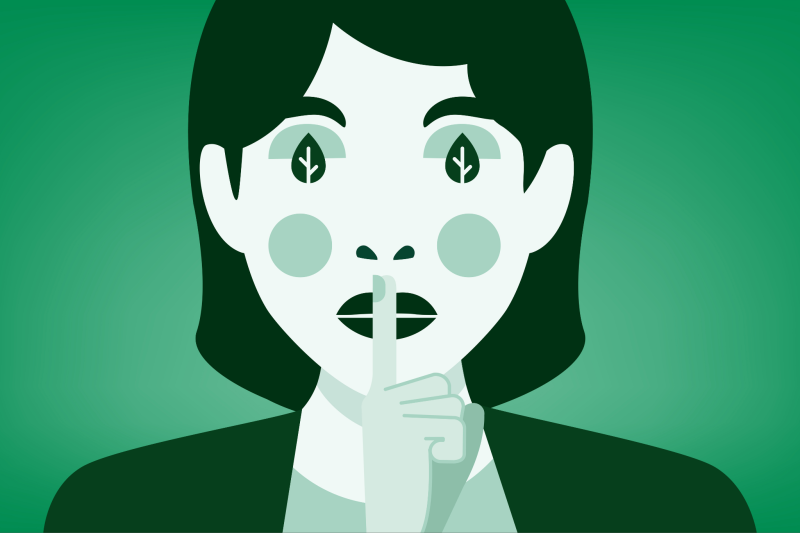Ministers are debating whether to advise people to wear homemade cloth masks having hesitated so far over fears that people might rush to buy the medical masks desperately needed by NHS staff. They are worried masks might give people a false sense of security causing them to relax on hand-washing and social distancing and that people might fiddle with them and transfer viral particles to their faces. Some question whether masks are a cultural stretch too far – before the outbreak many Londoners regarded mask-wearing tourists on the Tube with bemusement.
However, these concerns may be over-ridden by a growing consensus that even simple cloth masks could help slow the spread of the pandemic.
Public health experts have been lobbying the Government since the start of March to change the advice and a hundred senior doctors have written to The Times saying it is time for the public to wear homemade masks. The British Medical Association (BMA) has said it wants the public to wear their own cloth masks and doctors across the UK are supporting ‘Masks4allUK’, a campaign that was set up by healthcare workers to address the Government’s apparent reluctance to make masks compulsory.
There is an assumption in the West that a mask is worn to protect the wearer but this is an attitude that needs to change, according to a leading public health professor.
“I wear a mask to protect you and you wear a mask to protect me,” KK Cheng, professor of public health at the University of Birmingham, told StoryCode. “If everyone wears a simple DIY mask, everyone is protected. We must do it.”
Trish Greenhalgh, a professor of primary care at Oxford University, who recently completed a review on face masks, is also calling for the public to wear homemade cloth masks to reduce the spread of the disease.
Storytelling for Marketers
The Wonderful Wizard of OzStorytelling for Leaders
Moby DickStorytelling For Lawyers
Alice’s Adventures in Wonderland



